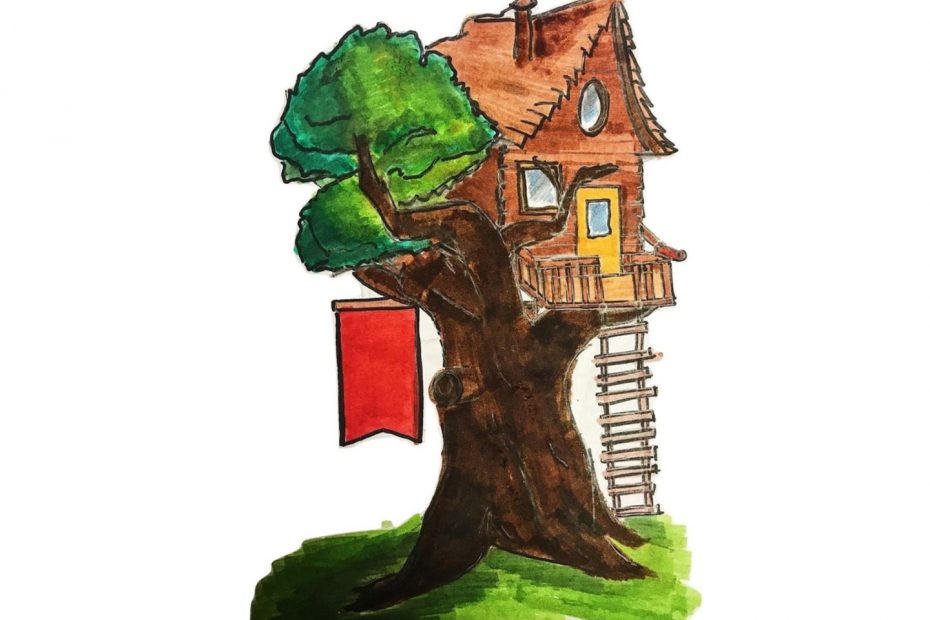Alexa Galuppo & Hannah Mascuch
Notes from the Editor:
The following e-books about keystone animals illustrate how we might get even very young children started on a pathway toward thinking in terms of systems – the kind of thinking central to being an earth steward. Stories about keystone animals serve this purpose well because keystone animals both capture the interest of young children and foster in them an intuitive understanding that these animals are special for the ways they insure the health of entire ecosystems.
Background
Keystone animals (or more technically known as keystone species) are organisms that are crucial to the survival of the ecosystem in which they reside. Without keystone animals, ecosystems would be dramatically impacted and may even cease to exist.
The first keystone animal we selected is the African elephant in the savanna ecosystem. These elephants, by spreading their dung far and wide, spread seeds and fertilize the soil. They also dig up water that plants and other animals rely on for survival.
The second keystone animal character is the whale. Whales are crucial to the ocean ecosystem because their poop contains high levels of iron and nitrogen that feed plant plankton that, in turn, feed fish. Also, by plunging up and down in the ocean, whales keep plankton at the surface level of the water where the sunlight can reach them. Plant plankton (otherwise known as phytoplankton) contribute substantially to the food system as they are eaten by krill, which feed fish, and so on. Furthermore, plankton take in carbon dioxide from the air via photosynthesis. When the dead plankton sink to the bottom of the ocean, they carry carbon dioxide deep into the ocean as well, thus serving as a carbon sink. Therefore, whales’ effect stretches far beyond that of the underwater food web by their indirectly helping to resolve the huge issue of global warming.
The following films illustrate beautifully the far-reaching effects a keystone animal can have on an entire ecosystem: The first is about wolves in Yellowstone Park. The second is about whales, and the third is about elephants.
E


I simply wanted to thank you so much again. I am not sure the things that I might have gone through without the type of hints revealed by you regarding that situation.
Your perspective adds a unique dimension to the ongoing conversation.
Your blog is my go-to for insightful content. Keep it up!
It’s not dull when you discuss it.. out all the blogs on this, yours is worth reading.
The articles you write help me a lot and I like the topic
May I request more information on the subject? All of your articles are extremely useful to me. Thank you!
I really appreciate your help